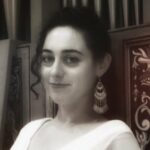8 curiosities about Francesco degli Organi (Landini)
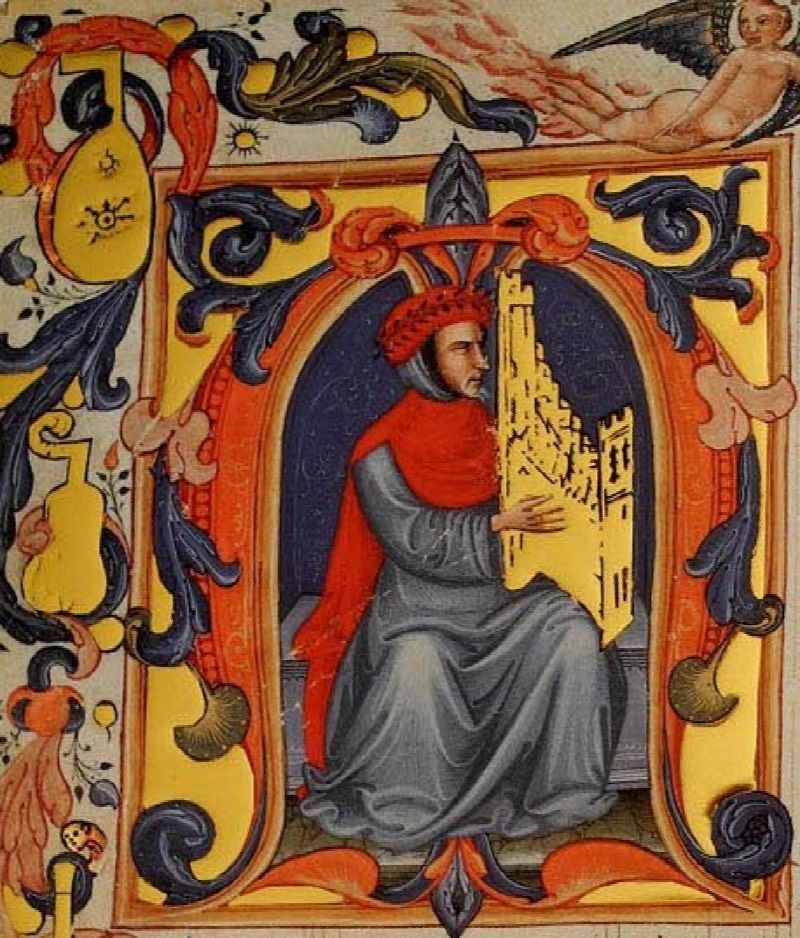
The most popular organettist of 14th century Italy was probably Francesco degli Organi (? – 1397), nowadays often called Francesco Landini. Francesco was a composer, poet, organist, singer and instrument designer of exceptional fame. His abundant works account for a significant portion of all Italian Ars Nova compositions.
Composers depicted with portative organs are few, and this case is one of the most iconic. Here are 8 facts to discover about Francesco degli Organi:
1. Did Francesco “Landini” really exist?
Many of us have read about the so-called “Francesco Landini”. The surname Landini was attributed to Francesco by musicologists when they discovered his grandfather’s name: Landino di Manno. However, no musical manuscript associates the name “Landini” with the organist. It has therefore been suggested that Francesco’s father might have not been named Landini (or Landino).
Instead Francesco is mentioned in the manuscripts as Magister Franciscus cecus horghanista de Florentia (Master Francesco blind organist of Florence), Francesco degli Organi (Francesco of the organs), Magister Franciscus de Florentia (Master Francesco of Florence), and Coechus de Florentia (Blind of Florence).
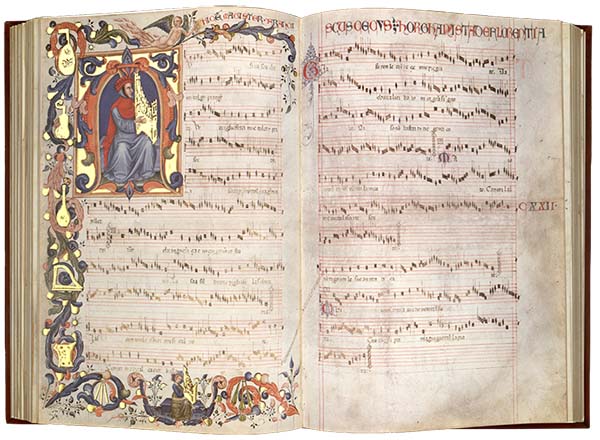
2. How did he become blind?
In that time Francesco of the organs, a theoretical and practical musician, was still flourishing, a marvellous thing to tell; who, blind almost from birth, showed himself to be of such divine intellect that in the abstract he showed the subtle proportions of his musical numbers, and he played so sweetly on his organ that it is an incredible thing to hear them.
in Il Paradiso degli Alberti (1389) by Giovanni da Prato
As a child he contracted smallpox, resulting in the loss of his sight. From this moment he started to learn music. One of his Florentine contemporaries, the poet Cino Rinuccini (1350-1417) says about Francesco:
Cieco dagli occhi, ma dell’anima illuminato (blind in his eyes, but illuminated in his soul).
And Jacopo Pecora da Montepulciano (active in the second half of the 14th century) also refers to him as:
Quel Francesco degli Organi che vede / con mente più che con corporal lume (that Francesco of the organs who sees with his mind more than with his bodily eyes).
(Translations by Joshua R. Eyler)
3. What was Francesco’s life like?
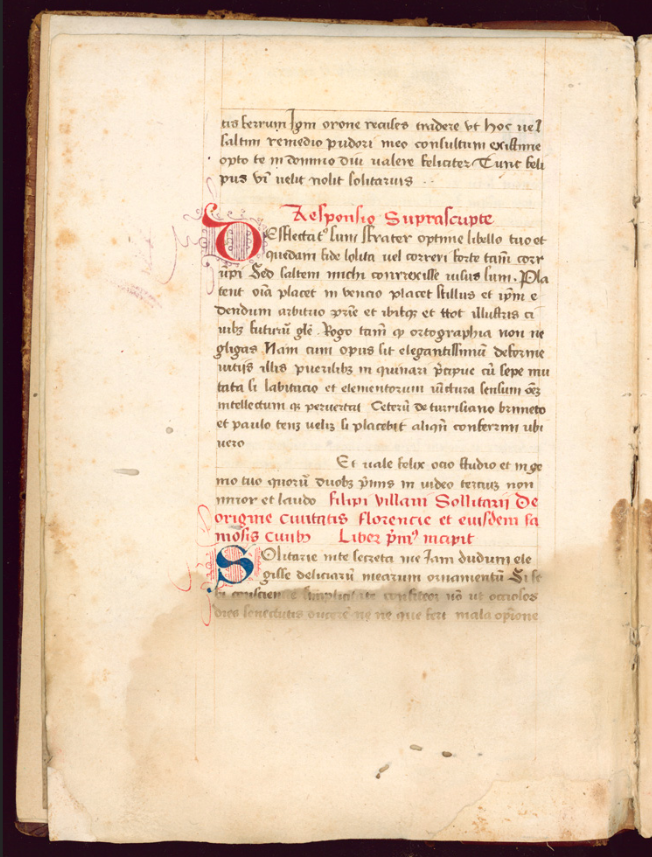
We have scant information about Landini’s life; what little there is can be found in a scattering of documents, the most important of which is Filippo Villani’s Liber de origine civitatis Florentiae et eiusdem famosis civibus (1380-1390) which contains one chapter on composers of the 14th century.
About Francesco’s early years and early career we know little. Later on he seems to have spent most of his time in Florence and worked as organist in the monastery of Santa Trinità (at least in 1361) and as organist and chaplain in San Lorenzo church from 1365 until his death in 1397.
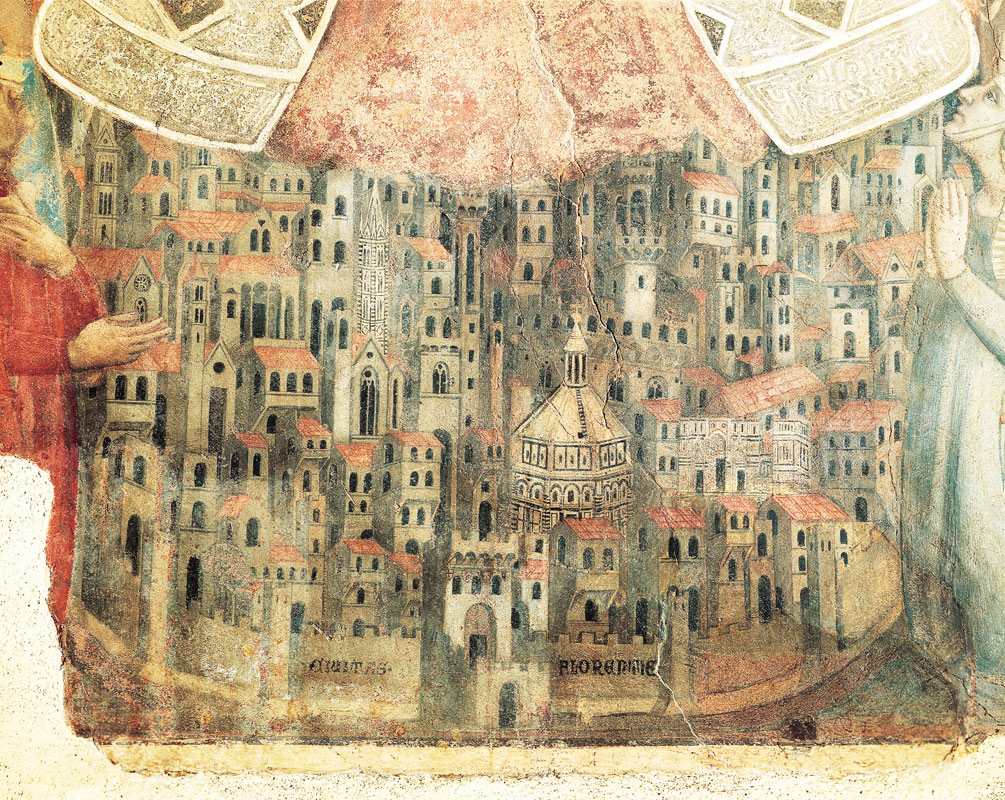
4. Why does Francesco wear a crown of laurel in the Squarcialupi iconography?

According to Villani, Francesco was crowned with a laurel wreath in Venice by the king of Cyprus because of his extraordinary performance on the organ. According to the documents Francesco was a very skilled performer who never left his listeners unmoved and who even induced birds to sing louder and more prolifically!
(…) no one had ever heard such beautiful harmonies and their hearts almost burst from their bosoms.
Il Paradiso degli Alberti (1389) by Giovanni da Prato.
Yet Francesco counted other skills alongside those of performance and composition: he was also a poet and a designer of instruments. Sources mention that he was behind the direction of the building and tuning of various organs, such as the organ of Santa Annunziata in Florence, and together with Andreas de Florentia he was in charge of designing the new organ of Florence Cathedral Santa Maria dei Fiori in 1387. Moreover he seems to have conceived a mysterious instrument called Serena serenarum, a sort of hybrid between lute and psaltery.
Image of the Baptistery of San Giovanni Battista in front of the Cathedral of Santa Maria del Fiore and the Campanile. This building can be seen in the fresco of the 14th century, see above. By then it was one of the most prominent buildings of the city. Later the new Cathedral would grow to huge dimensions, changing the skyline of Florence.
Among the interests of Francesco there were Philosophy, Astrology, Ethics and Politics. Giovanni da Prato says that Francesco:
Debated with every artist and philosopher, not so much about his music, but about all of the liberal arts, for he was quite versed in all of them. (Translation by Joshua R. Eyler)
5. Where are his works found?
Some of the manuscripts that contain Francesco’s compositions are the following (the ones accessible online are given with the link):
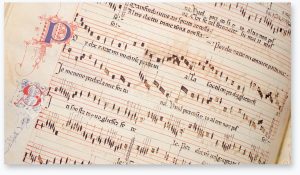
Panciatichi codex
Italy, Florence, Biblioteca nazionale centrale, 26 (online)
Squarcialupi codex
Italy, Florence, Biblioteca Medicea-Laurenziana, Palatino 87 (not online)
Pit codex
France, Paris, Bibliothèque Nationale, fonds italien 568 (online)
Reina codex
France, Paris, Bibliothèque Nationale, Nouvelles acquisitions françaises 6771 (online)
Lucca codex (also called Mancini codex)
Italy, Lucca, Archivio di Stato, Ms 184 (online)
London 29987 codex
United Kingdom, London, British Library, Add. 29987 (online)
On the one hand musicologists think it is probable that Francesco had a direct relation with the Panciatichi codex which was copied between the 1380 and the 1390 – the oldest codex containing Francesco’s works. On the other hand, the Squarcialupi codex – which was copied in 1410-1415 and is richly decorated with miniatures of the composers – includes the largest number of Francesco’s compositions.
6. What type of works did Francesco write?
Francesco composed secular works exclusively. The genre that Francesco cultivated the most is the Ballata (2 or 3 voices) which has the musical form AbbaA. In this form the first and the last A have both same music and same text, for which reason the A is called ripresa (resumption).
Nowadays probably his most well known Ballata is Ecco la primavera, but in reality there are a number of Ballate that are rarely performed.
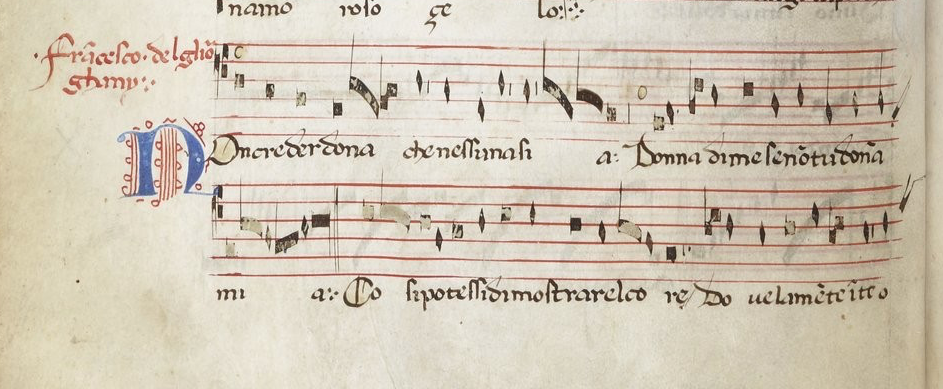
While Francesco wrote more than 140 Ballate, he seems also to have cultivated other genres albeit to a lesser extent: Madrigale (12), Caccia (1), Virelai (1). In addition the evidence shows that Francesco would have received a payment from Andreas de Florentia for having written five motets or maybe settings of songs (pro quinque motectus). Although no motets are clearly attributed to Francesco, there are a group of motets that because of their context or contents could possibly be attributed to him.
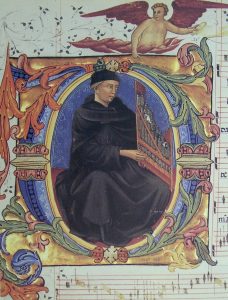
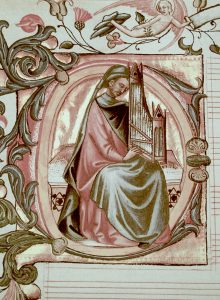

7. Is the Squarcialupi depiction of Francesco unique?
Francesco is not the only composer who appears in the Squarcialupi codex with a portative organ on the lap – there are other two similar depictions: one is Frater Andreas horghanista de Florentia (f. 183v) and the other is Iouannes horghanista de Florentia (f. 195v).
In addition, one more portative organ appears at the bottom of the same folio of Francesco (f. 121v), this time it is the figure of a female organettist.
Although a very rich decoration is used in the folio with each of the depicted composers, the decoration of Francesco’s folio is the richest both in number of musical instruments and symbolism.
Gold leaves are used in several miniatures of the Squarcialupi codex. However the organettos of f. 121v – where Francesco appears – are the only ones which have been entirely coloured by gold leaf, giving a special signification to the figure of Francesco.
To the left (if you are on PC or Tablet) or above (if you are on your phone) you see an image once more of Squarcialupi’s Francesco, this time the photo has been taken in a way that makes it possible to appreciate through reflection the spots where gold leaf was used.
8. Was the “Landini cadence” created by Landini?
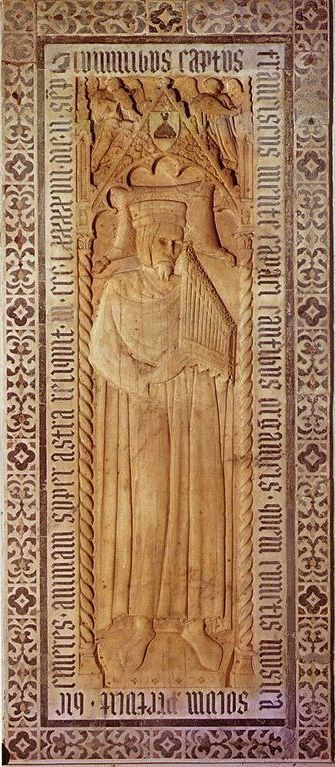
The so called “Landini cadence” is a name given to a very characteristic cadence of the 14th and 15th centuries. It cannot be proved that was created by him, rather it is an evolution of a type of cadence in the repertoires from the 13th to the 14th century. You will find more about it here.
If hearing about how much fun Francesco had with the portative organ makes you curious, here is a portative organ course that will focus on the music of Francesco and his contemporary Guillaume de Machaut.
